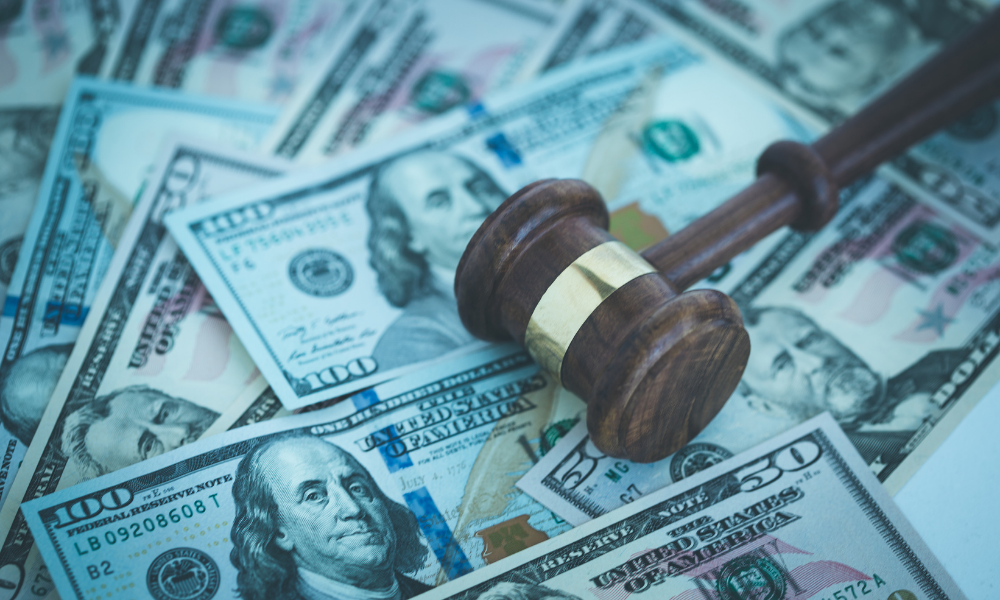Trade secret litigation can be expensive. Whether you’re bringing a lawsuit to protect your secrets or defending against alleged misappropriation by your company, here are some useful strategies to manage trade secret litigation costs.
Identify the Trade Secrets Early
Identifying the trade secrets involved in misappropriation litigation is just the beginning. Well before filing a trade secret lawsuit plaintiffs must locate relevant documents, interview witnesses with knowledge, and identify the information at issue. You also must explore with your attorney strategic considerations like appropriate venue, applicable law, and legal claims which may include related breach of contract and common law claims. Defending against a trade secret case requires getting up to speed, identifying key defenses, and quickly preparing oppositions to requests for restraining orders and expedited discovery.
Budget Wisely and Adjust as Needed
When you’re the plaintiff, a trade secret lawsuit can move quickly from complaint to emergency injunctive relief in a matter of days. Sometimes the injunctive relief provided by the court results in a quick settlement. Sometimes it doesn’t. Once you’re through the injunctive phase, the case can stretch on for years due to contentious discovery disputes, debates over the complex technical nature of the trade secrets, and expert discovery. Discussing the budget with your attorney from the get-go will increase the chances your cost expectations are understood and litigation goals met. Ask your attorney for a proposed budget, recognizing it may well change over time. Ask her to (1) explain staffing, responsibilities and projected hours for each professional, (2) forecast fees and costs at each phase of the case, (3) provide regular updates on fees incurred and costs expended, and (4) discuss the assumptions built into the budget. Unexpected increases can occur due to disputes over trade secret identification, expedited discovery requests, and court orders, but you’ll be better prepared for them if you plan.
Discovery is Costly, so be Smart
Discovery can be the single most expensive phase of trade secret litigation. Work with your attorney to keep a close eye on discovery costs.
Divide and Conquer. Plaintiffs often rush to seek all discovery at once. Strategic advantages can be gained, and money saved, by early targeted discovery on issues like the (1) extent of misappropriation, (2) persons involved, (3) electronic devices from which information was stolen, (4) electronic devices used to perpetrate the theft, and (5) specific and particularized identification of trade secrets allegedly taken. Narrow initial discovery requests and defer broader searches for information that may not be directly relevant to the claims and defenses in your case. Certain discovery may not be warranted if the information is located outside the U.S. or difficult to access for technical reasons, particularly if damages are uncertain or only modest.
Tailor Agreements to Your Case. Don’t re-create the wheel. Many courts have model orders and preferred forms for setting deposition limits, outlining protocols for exchanging information, and providing guidance on unintended disclosure of privileged information. Use the guidelines provided by the court where your matter is venued as a starting point, and negotiate adjustments to the forms and protocols based on the particular needs of your case.
Use Technology to Your Advantage. Technology is your friend. The right tools can reduce the discovery burdens and risks posed to all parties. They can also help you quickly assess the key sources of information relevant to your trade secret dispute, identify the amount of available data, and help you develop proportionality guidelines. Large scale bet-the-company litigation may warrant the cost of using advanced analytics software to help you discover valuable documents and assist with reviewing large volumes of data. Small cases may not.
Evaluate Options to Finance Your Lawsuit
Trade secret litigation varies widely in terms of the financial stakes at risk or relief sought. If your company is exploring how to effectively manage trade secret litigation costs, you may wish to consider alternative fee or value-based billing arrangements that can be tailored to your litigation goals, and appropriately allocate risks and rewards between you and your attorney. Alternative fee arrangement include (1) fixed or flat fees that may include certain discovery expenses; (2) fixed fees with collars, which is a percentage of the fixed fee; (3) reverse contingent fees based on savings rather than recovery; (4) success fees; and (5) performance based holdbacks that incentivize your attorney to meet certain performance measures. Litigation financing is another increasingly popular option to cover litigation costs that relies on third party funding in exchange for a percentage of any settlement or judgment.
Communicate Constantly
Trade secret litigations can move quickly given the often expedited nature of the relief or discovery. Maintaining constant communication with your attorney helps ensure that information needed to prosecute or defend a case is readily available. Avoiding surprises by clearly defining expectations for the frequency, type, and level of communication helps establish a relationship built for success. It also helps teams function more efficiently and more effectively. You must be part of that team to prevail.
There are always unknowns in litigation, but employing these strategies can help tame the costs of trade secret litigation while protecting valuable intellectual property in the process.

